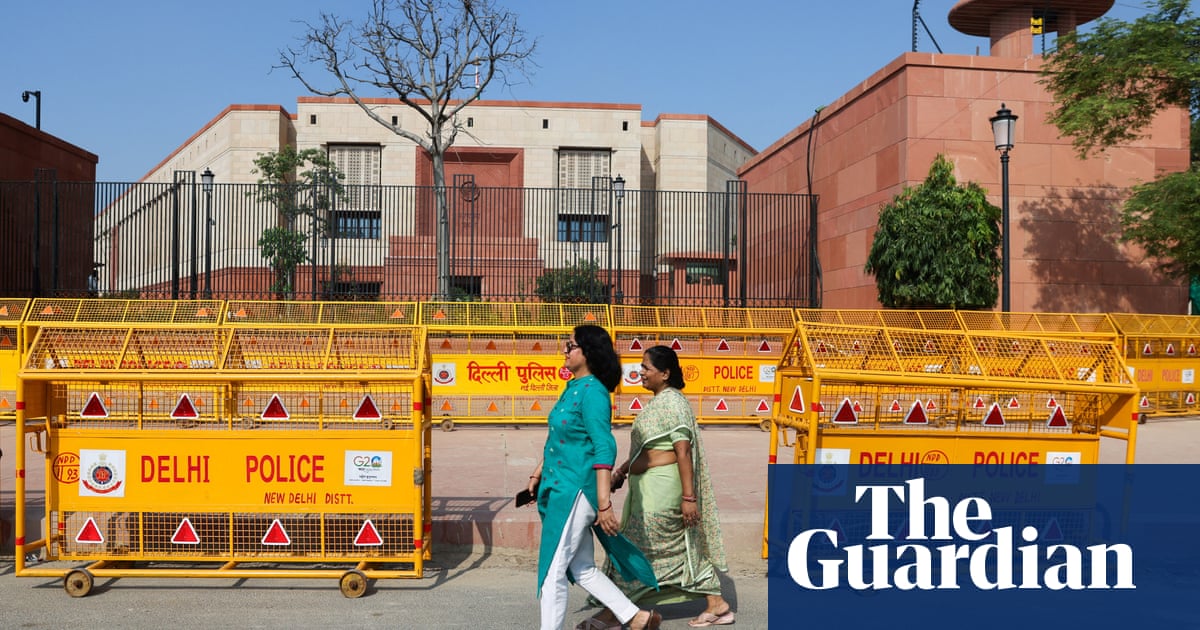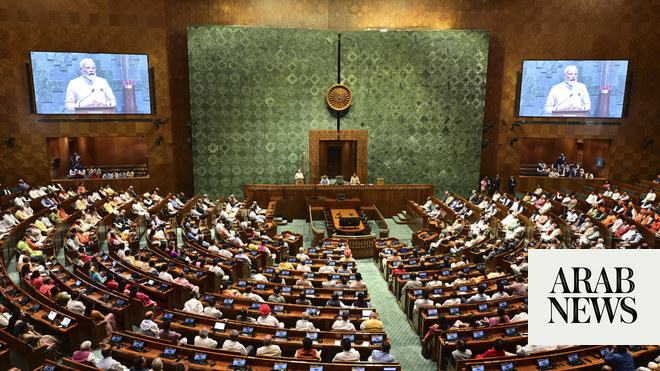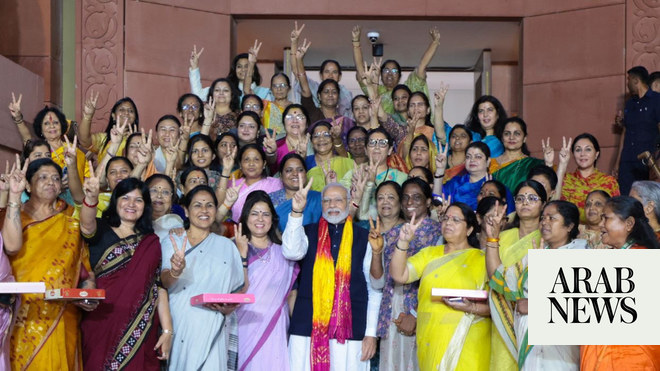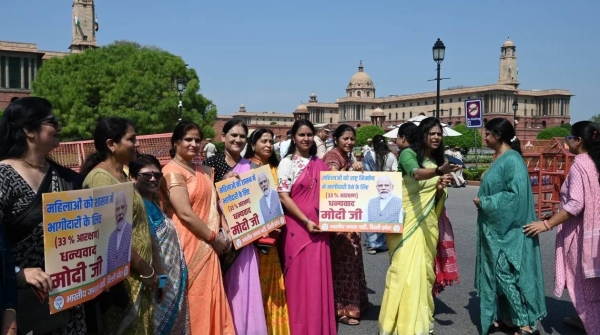
India’s lower house of parliament has passed a bill to reserve a third of seats for women, almost triple the current number, in a move that could transform Indian politics.
More than 27 years after it was first proposed in parliament, the women’s reservation bill was given almost unanimous support by MPs in the lower house, with only two voting against it. Its passage through the upper house is expected to be smooth thanks to broad political support.
The bill had been put forward by the ruling Bharatiya Janata party (BJP), led by Prime Minister Narendra Modi, at a special session of parliament called this week. Speaking in parliament after it had passed, Modi called it “historic legislation” while the BJP MP Smriti Irani described the bill as the Goddess Laxmi taking constitutional form.
Six earlier attempts to pass the bill stalled in the decades since it was first introduced in 1996, with sometimes vehement resistance from lawmakers. The late Mulayam Singh Yadav, at the time the chief minister of India’s most populous state, Uttar Pradesh, suggested in 2010 that the bill should not be passed because it would compel men to wolf-whistle at their female colleagues in parliament.
Under the law, a third of seats in India’s lower house and state assemblies would be reserved for women. However, the quota could take up to a decade to take effect, due to certain processes that need to take place first to redraw India’s electoral boundaries, a delimitation exercise that will not begin until 2026. The government also needs to conduct its delayed census, which has not been done since 2011.
As the bill was debated in parliament for eight hours, there was a fierce battle between the BJP and the leading opposition National Congress party, over who should take credit for the bill. The former Congress president Sonia Gandhi said the bill was “ours”.
The female quota will not come into force before national elections next year but is likely to be used by Modi to court the female vote in his campaign for next year’s general election, due in May, in which he will be seeking a third term as prime minister.
Female political representation in India has long been a complicated issue. In 1966, Indira Gandhi became only the world’s second female head of government when she was elected prime minister. However, though there have been female state ministers and cabinet ministers since, political representation for women in India has shown little sign of progress and politics is still seen as a male-dominant world.
Just 104 of India’s 788 MPs were women after the last national election, according to government figures – a little over 13%.
Those figures reflect a broader underrepresentation of women in Indian public life. Just under a third of working-age Indian women were in the formal labour force last year, according to government data.












